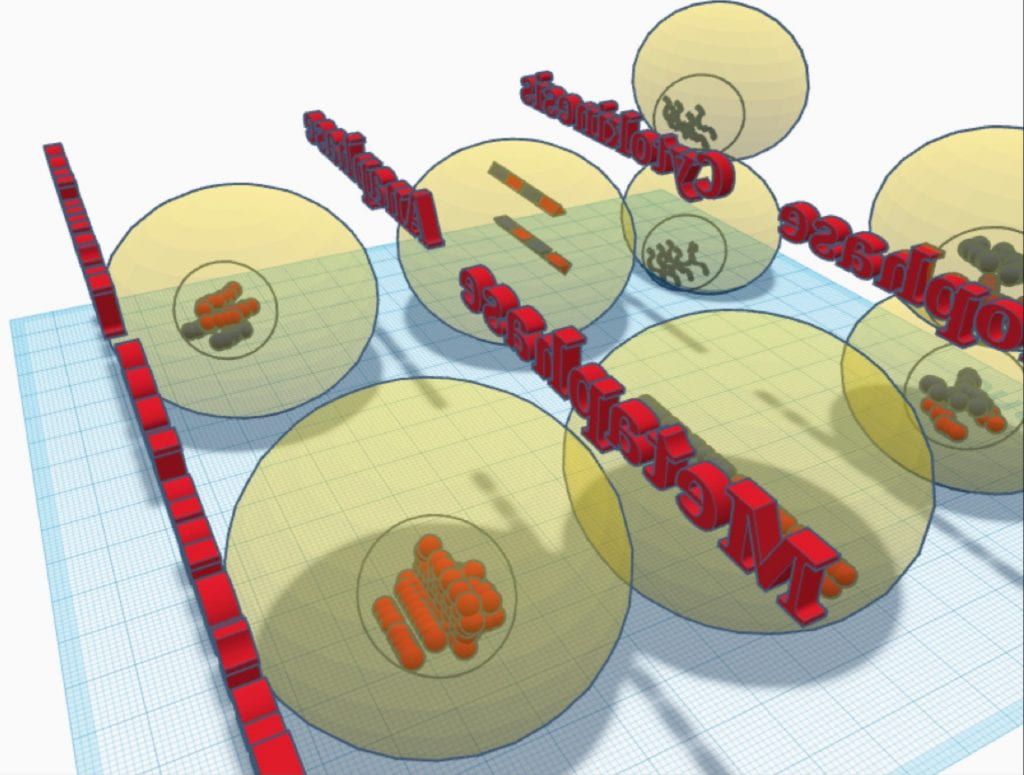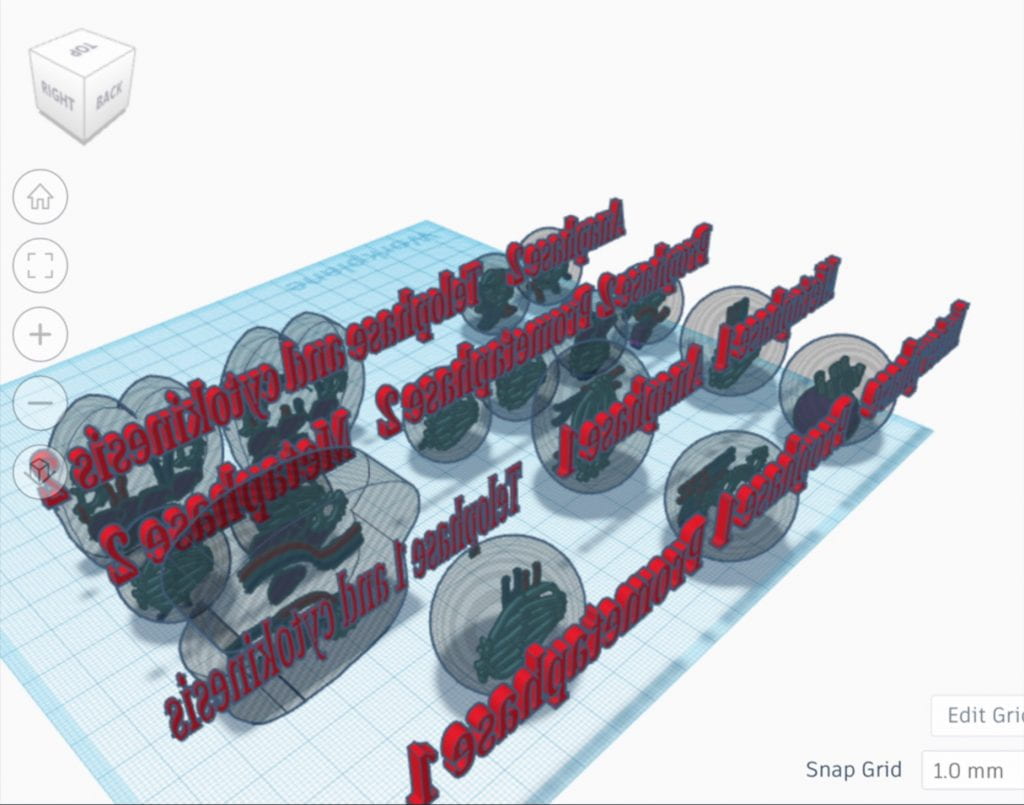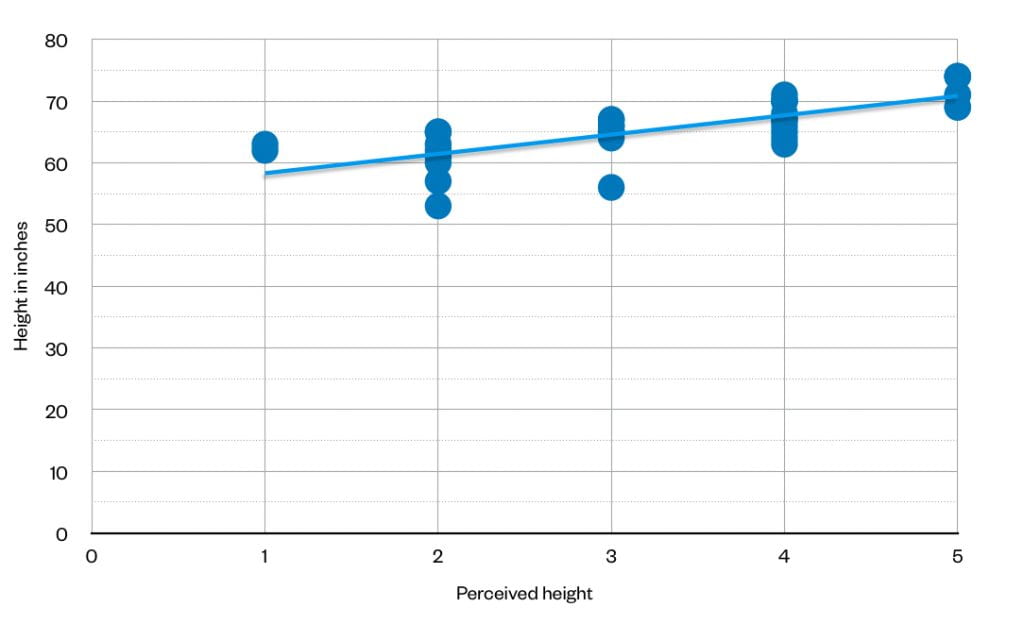Hello readers, and welcome back to my blog. Today’s post is about the recent project we’ve completed in Scimatics 9. This project is called “time is money”, and is all about conducting a buiseness and predicting your earnings over time using linear equations. The driving question in this project is: “How can we predict our finances for the future?”. We can do this by using linear graphs and equations. Also, by identifying the determining factors of your buiseness, such as wage, expenses, and startup costs.
To begin the project, we had to choose our buiseness. In Showbie, we commented our top 3 choices, mine were selling prawns, collecting bottles, and power washing. In the end, I chose power washing as my buiseness.
We then had to determine our expenses, wages, and startup costs for our buiseness. We organized this in a numbers spreadsheet.

Here’s my spreadsheet:
After creating the spreadsheet, we took the data and put it in a equation. This equation would determine our initial profit from this buiseness.
Here’s my equation:

In the equation, y= total earnings, x= time, and b= initial startup costs. Since I had such a big startup cost, my initial profit was -635.5$. However, I still didn’t know how long it would take me to break even. Or how much I would make in a typical work year.
To determine those numbers, we took the results from the equation, and put them in a graph.
Here’s what my graph looked like:


Using the graph, I determined that it would take me around 43 hours of work to break even. And that in a work year of around 1700 hours, I would make 25,000$.
Now for the curricular competencies.
Understanding and solving:
I accomplished this skill. During class time, i spent most of my time on task, however, there were some times where I was off task. Furthermore, I completed most of my assignments on time, except for the khan academy quizzes, as it took me awhile to understand the concepts.
Communicating and representing:
I extended in this skill. My equations was accurate and descriptive. Also, my graphs we’re clear, and demonstrated profit over a year, and how many hours it would take to break even. Furthermore, these were clearly demonstrated and explained in my video.
Connecting and reflecting:
I extended this skill. In my video, I compared my buiseness to a career at McDonald’s, and how much you would make over a year. I also clearly explained how my buiseness affects the environment. My business uses gas, so I predicted that my buiseness negatively affects the environment over time.
Now for the final product, the video.
In the video, we had to explain our buiseness, whether it would be successful, and how it affects the environment. I created mine in iMovie, and added voiceover underneath the images I was showing.
To summarize, I had lots of fun in this project, as it was cool to simulate y own buiseness. However, my buiseness didn’t turn out to be that good, cause I only made 25,000$ a year. In contrast, a job at a grocery store would pay much more. Furthermore, I was really proud of my final video, I thought it explained my buiseness really well.
Thanks for reading this post!












 Now for the curricular competencies.
Now for the curricular competencies.








